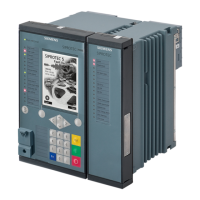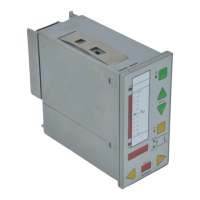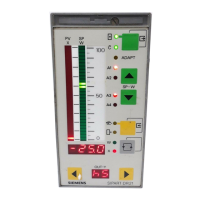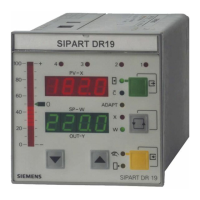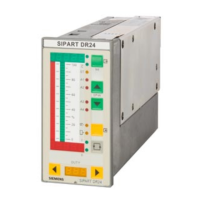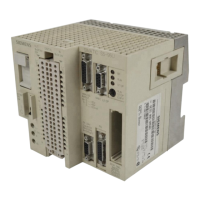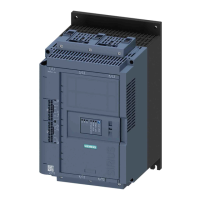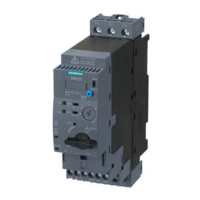Functions
2.13 Flexible Protection Functions
SIPROTEC, 7SJ61, Manual
C53000-G1140-C210-1, Release date 02.2008
196
Measurement Procedures
The measurement procedures shown in the tables below can be configured. The dependencies of the available
measurement procedures of configurable modes of operation are also indicated.
Table 2-13 Parameters in the Setting Dialog "Measurement Procedure", Mode of Operation 3-phase
Table 2-14 Parameters in the Setting Dialog "Measurement Procedure", Mode of Operation 1-phase
Via parameter PICKUP WITH it is determined whether the function must be triggered on exceeding or under-
shooting of the set threshold value.
Mode of
Operation
Notes
Three-phase Parameter
MEAS. METHOD
Setting Options
Fundamental Harmonic Only the fundamental harmonic is evaluated, higher harmonics are sup-
pressed. This is the standard measurement procedure of the protection func-
tions.
True RMS The "true" RMS value is determined, i.e. higher harmonics are evaluated.
This procedure is applied, for example, if an overload protection element must
be realized on the basis of a current measurement, as the higher harmonics
contribute to thermal heating.
Positive Sequence
System,
Negative Sequence
System,
Zero Sequence System
In order to realize certain applications, the positive sequence system or neg-
ative sequence system can be configured as measurement procedure. Exam-
ple:
- I2 (tripping monitoring system)
Via the selection zero-sequence system, additional zero-sequence current
functions can be realized that operate independent of the ground variable IN,
which is measured directly via transformers.
Ratio I2/I1 The ratio negative/positive sequence current is evaluated
Mode of
Operation
Notes
Single-phase Parameters
MEAS. METHOD
Setting Options
Fundamental Harmonic Only the fundamental harmonic is evaluated, higher harmonics are sup-
pressed. This is the standard measurement procedure of the protection func-
tions.
True RMS The „True“ RMS value is determined, i.e. higher harmonics are evaluated.
This procedure is applied, for example, if an overload protection element must
be realized on the basis of a current measurement, as the higher harmonics
contribute to thermal heating.
Parameters
CURRENTSetting
Options
IA
IB
IC
IN
INS
IN2
It is determined which current-measuring channel must be evaluated by the
function. Depending on the device version, either IN (normal-sensitive ground
current input) or INS (sensitive ground current input) and IN2 (second ground
current connected to the device) can be selected.
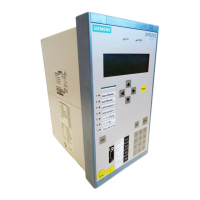
